Project Rascal - air launch commissioned by US Air Force
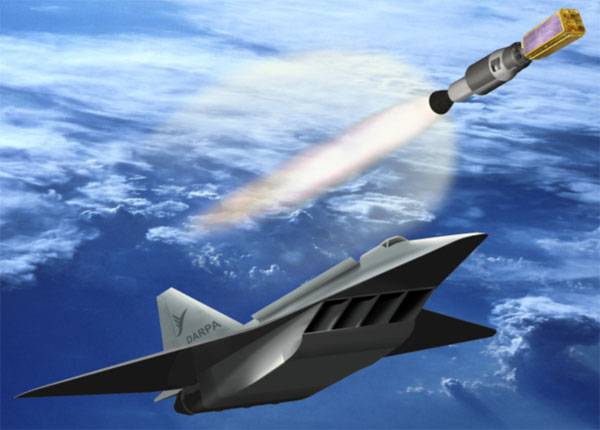
In an article from 04.02.2017 Multimode hypersonic unmanned aerial vehicle "Hammer"
there was a link to the Rascal project:
Since the topic seems to be interested readers, I propose to consider this project in a separate article.
The US Air Force issued an MNS application * in 2001 (hereafter the terms and abbreviations are marked with an asterisk, which are explained at the end of the article) outlining the requirements for an “Operationally Adaptive Space Launch System” (ORS *).
The MNS requirements included the following basic tasks:
- fast response time of the mission (launch);
- the possibility of launching (launch of spacecraft *) from any latitude of the territory of the United States and its allies;
- accessibility (cost of output of 1 kg MO * per LEO *) both on the basis of each mission and the overall low cost of the program (R & D).
In response to the MNS, as well as taking into account the anticipated commercial needs of the space launch market, several concepts were proposed that meet these requirements.
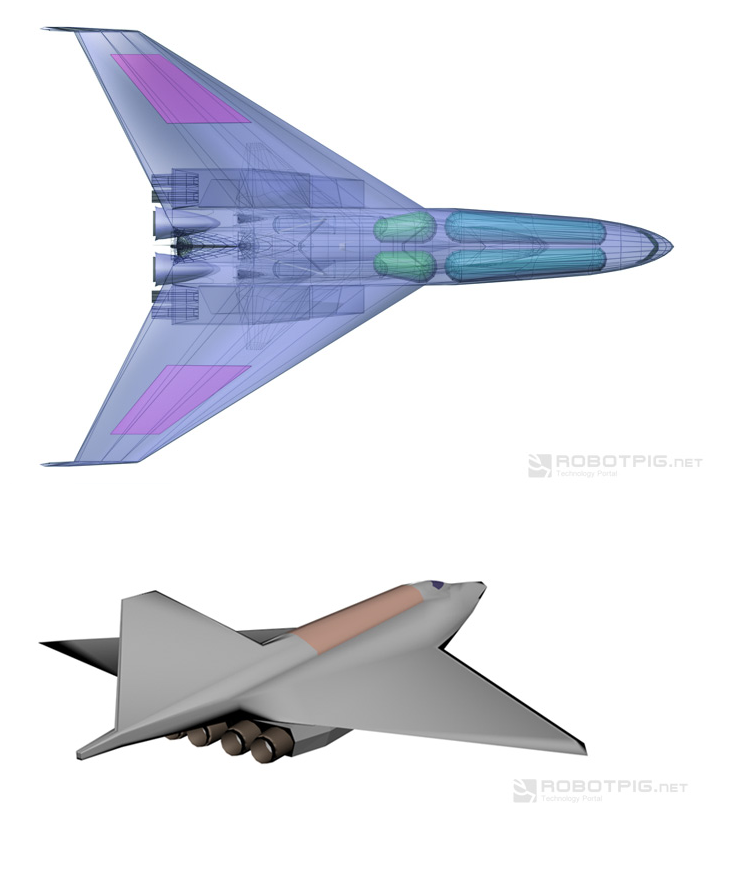
The most realistic was the project based on the principle of "air" start.
Rascal-Responsive Access Small Cargo Affordable Launch, which was supported by the financing of DARPA.
Air launch (BC) - a method of launching rockets or airplanes from a height of several kilometers, to which the launch vehicle is delivered. The delivery vehicle most often serves as another aircraft, but a balloon or airship can also be used.
The main advantages of the aircraft:
- As a rule, this system (or its part) is reusable, with a fairly low cost of withdrawal of PN * to the LEO. This is due to the fact that the most technically complex first stage is the most expensive;
- It uses the fact that the "freebie" is given to us by the universe, and specifically the atmosphere. Rather, the properties of the atmosphere when physical bodies move or are in it: lift force and / or Archimedean force, i.e. those factors that for conventional vertical launch launch vehicles are a nuisance;
The aircraft system is not tied to the launch complex (SC) or the launch position (SP), roughly speaking, to the expensive cosmodrome with all the infrastructure. And accordingly, there is no reference to the launching latitude (headache of the USSR and now Russia).
The fact is that there is such an unpleasant physical law:

The initial inclination of the orbit cannot be less than the width of the cosmodrome.
It is costly and sometimes impossible to build a SC (SP, cosmodrome) everywhere. On the other hand, airfields (WFP) cover almost the entire globe.
Theoretically, you can use and aircraft carrier. Some kind of combination of "Sea Launch" and the sun (air-launched spacelift).
In the Armed Forces system, in fact, any runways, both military and civilian, of the necessary category can be used:
Example:
The total take-off weight of the VKS system is not more than 60 tons. The Boeing 737-800 has a total take-off weight of 79 tons. WFPs capable of accepting Boeing 737-800, only civilians in the US for 13000 (we have around 300), and with military runways, more 15 000 airports.
- The airborne space launch system is several times less critical to weather conditions than the vertical launch PH (cannot maneuver in range, sensitive to wind, speed 500 t. Vertical engines from 0 km / s reaches 5 km / s at altitudes in 120 km, pressure atmosphere (nozzle cut) affects the thrust / UI, etc.);
-Logistics (all elements, including aircraft and carrier-air transport), the fuel components - the usual fuel components for aircraft of our time;
Even more than that: the aircraft (carrier) itself can arrive at the factory, there it is PROFESSIONALLY and in greenhouse conditions that the product is installed, tested, checked, the aircraft returns to the starting point (WFP) and there, having reached the height, at the level 12-15 performs refueling, then acceleration, the "slide" maneuver and the launch of the orbital stage.
The VKS system, in fact, does not need to “bring” a rocket, do the PI / TEAS, and the MIC itself, in fact, is not needed:
- Start up speed;
- The cheapness of the system components and the well-established commercial production of them;
-Ecological aspect (exclusion zones under falling steps of the PH);
- There is a category of satellites that cannot leave the territory of the country of origin of the satellites, or the customer (even if a certain launch latitude is required);
-Miniaturization of satellites (less and less in size and mass).
Cube-Sat platform as an example.
-Any university (or individual) can afford to run here and now, when he needs, and not then "when we collect enough payload";
etc.
There are disadvantages:
- The small mass of the displayed MON and the limitations on the size of the spacecraft;
- Practically (due to the mass and size limitations of the carrier) only HOO or higher orbits are achievable, with a significant decrease in the mass of the PN;
- Difficulties of both calculations and the performance of a carrier capable of withstanding near - and hypersonic speeds (heating, thermal protection, aerodynamics, etc.);
- Constantly transportable ballast (fuel stock for returning and landing the first stage);
-Other;
Launched in March of 2002, the RASCAL project is an attempt, with the support and under the auspices of TTO * DARPA, of developing a partially reusable air-launched space launch system that can quickly and regularly deliver payloads to NOU at a very economical price.
Phase II (18-month program development phase) was launched in March 2003, with the choice of the space rocket corporation SLC (Irwin, California), as the general contractor and system integrator.
The RASCAL concept is based on the air-based Spacelift architecture, consisting of a reusable aircraft:
and a single-use rocket (upper stage) (ELV *), which in this case is called ERV *:
In a complex form at that time it was represented as follows:
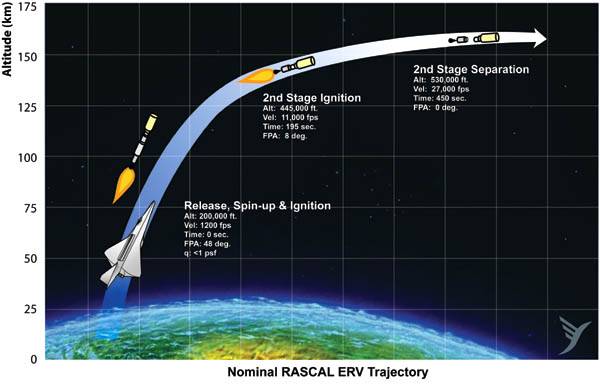
Turbojet engines of a reusable vehicle are made in a forced version, known from 50-ies as MIPCC *.
MIPCC technology is perfect for achieving high Mach numbers when flying in the atmosphere.
After reaching about hypersonic velocities in horizontal flight aerodynamic carrier makes maneuver type "dynamic slide» (Zoom Maneuver) and produces the exo-atmospheric (more with heights 50 km) disposable launch vehicle (the booster).
The high power available from MIPCC turbofan technology not only allows for a simplified two-tier structure ERV, but also significantly reduces the structural requirements for the ERV, which in this profile, the withdrawal does not experience any significant aerodynamic loads.
The subsequent cost start-up is projected to be below $ 750 000 for delivering an 75 kg payload to an NOU.
Due to its flexibility, simplicity and low cost RASCAL architecture can support ring runs between missions duration less than 24 hours.
In the future, it is intended to use the variant with a reusable second stage system.
Interesting fact: in 2002, the president of Destiny Aerospace, Mr. Tony Materna, inspired by the money and prospects of DARPA, set on fire to use the existing and retired American single-seater, single-engine, delta-wing Convair F-106 Delta Dart fighter .
The idea was quite robust and easily implemented.
In fact, the modification of Convair F-106B in 60-s has already been tested with the MIPCC technology. If I am not mistaken, it was developed and tested on it.
It is a pity (from an engineering point of view), that cheap and rapidly implemented RASCAL project based on the F-106 never got off the ground after almost two years of research.
Read the Final Draft of that proposal
A small fleet of the seven remaining flying F-106s available from Davis Monthan AFB AZ was first reduced to 4 units (three F-106s were transferred for museum displays at Castle CA, Hill AFB, UT & Edwards AFB, CA) , and Tony Matern never got interested and invested.
Read more about the F-106 here:
Fighter-interceptor F-106 and Su-15 "Keepers of the sky"
It reminds me of our two MIG-XNUMHD, which "got" to Kazakhstan and just finished their life cycle.
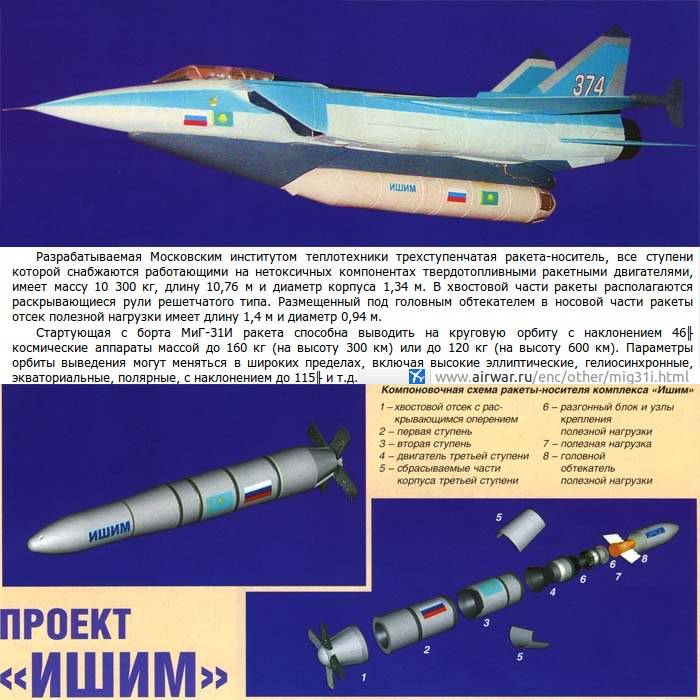
Ishim was based on Kontakte, which was practically embodied in hardware:
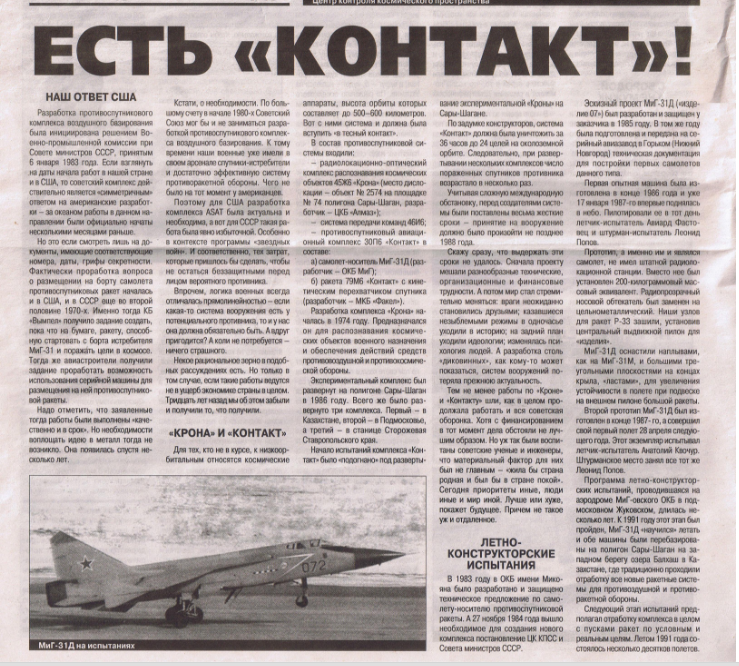
The first successful test of a domestic carrier aircraft: an experienced ed "07-2" suspension "79M6" standard missiles with ranges over the group aer.Saryshagan Beth-Pak Dala.. 26 July 1991.
And the discs, without putting the rocket on the intercept trajectory, were shot around 20 units.
Note: Tomi Matern's idea is not "sunk into oblivion." StarLab CubeCab company and plan to establish the delivery of small satellites into low Earth orbit by 3D-printing technique air missiles and launch. The main task of CubeCab will be to increase the speed of launching miniature spacecraft through the use of old F-104 Starfighter interceptor fighters and low-cost 3D launch vehicle.
Although the F-104 first flew back in 1954 year career that deserved the aircraft can be extended, and not for the first time. Due to the high accident rate, the aircraft began to be massively removed from service in the 70's, but the high flight characteristics allowed the car to hold out as a test platform and NASA flight simulator until the middle of the 90's.
Several F-104s are currently operated by Starfighters Inc. private operator.
Excellent rate of climb and high ceiling make the F-104 a suitable platform for launching sounding rockets.
The estimated cost per run is $ 250 000. This is far from cheap, but much more profitable than the use of large launch vehicles with incomplete payloads.
RASCAL DARPA project was canceled in favor of ALASA project, which was also closed in favor of the project 2015 XS-1.
DARPA release- November 2015
Terms and abbreviations marked with "*":
MNS - Mission Need Statement= Official requirement (application)
ORS - Operationally Responsive Spacelift = spacecraft launch system with quick response
Sun - air launch, VKS (air-space spacelift) = aerospace launch.
Rascal - Responsive Access Small Cargo Affordable Launch = An affordable air-based spacecraft launch system with fast response times.
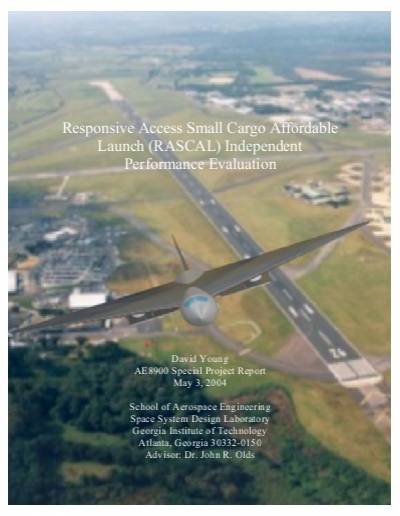
KA - spacecraft
LEO (NOE)
to click LEO (NOE) - low earth orbit (Low Earth orbit)
Mon - payload
Runway - runway
ELV - expendable launch vehicle = one-time launch system
expendable launch vehicle (ELV)
ERV - Expendable Rocket Vehicle
ELR — Expendable Rocket Vehicle = one-time launch vehicle (low launch mass- small LV
Mipcc - Mass Injection Pre-Compressor Cooling
The technology consists of spraying water only at the front of the J-75 engine compressor blades as soon as the aircraft approaches Mach 3. This leads to a cooling of superheated air in the engine inlet as to deceive the engine by simulating its performance at a lower Mach number.
Water injection also increases the density of the flow through the engine, as well as its volume (second consumption). Result-TRD gives the more traction, the faster the aircraft moves.
Increased thrust is theoretically possible to 100%, 200% and 300%, depending on the amount of injected water. This method also allows the J-75 TRD to operate at much higher altitudes than its design estimates.
TTO - Tactical Technology Office (DARPA)
Used documents, photos and videos:
www.nasa.gov
www.yumpu.com
en.wikipedia.org
www.faa.gov
www.space.com
www.darpa.mil
robotpig.net
www.456fis.org
www.f-106deltadart.com
www.aerosem.caltech.edu
www.universetoday.com
www.spacenewsmag.com
www.geektimes.ru (my page is Anton @AntoBro)

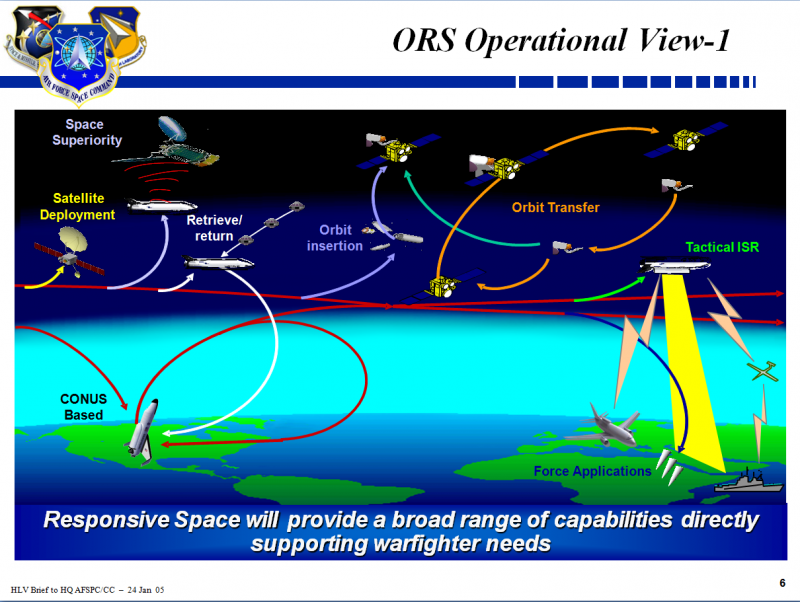
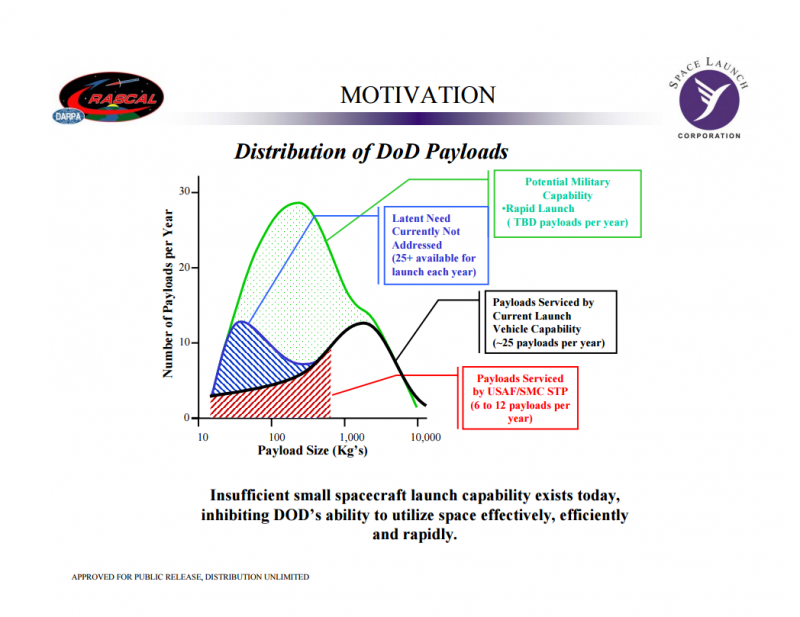
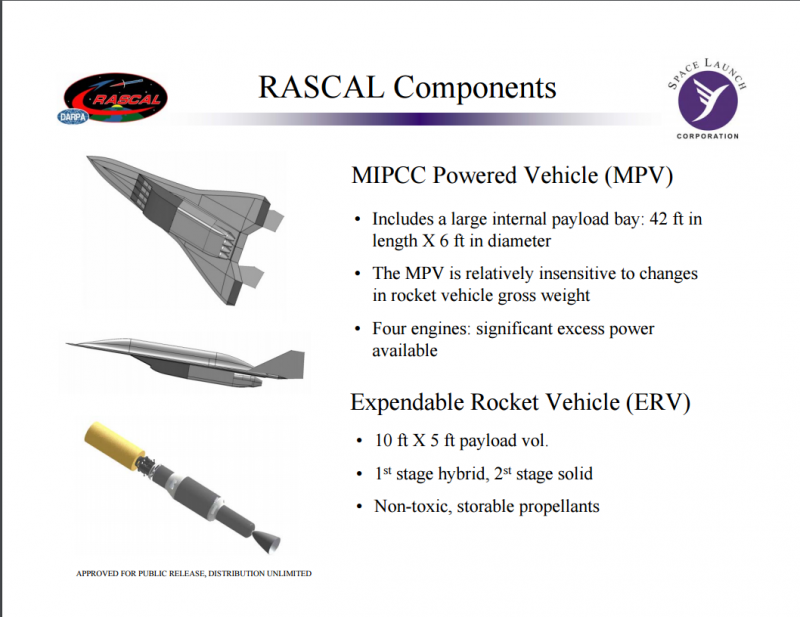
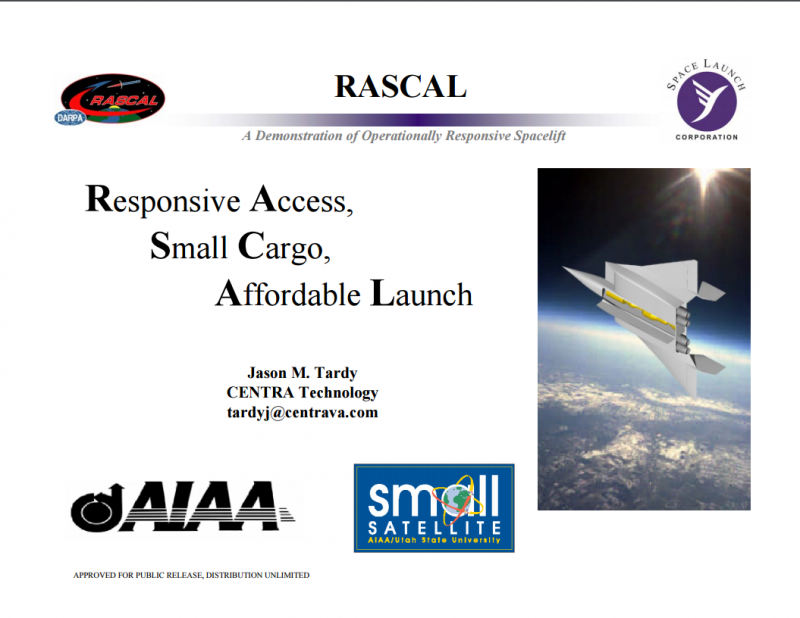

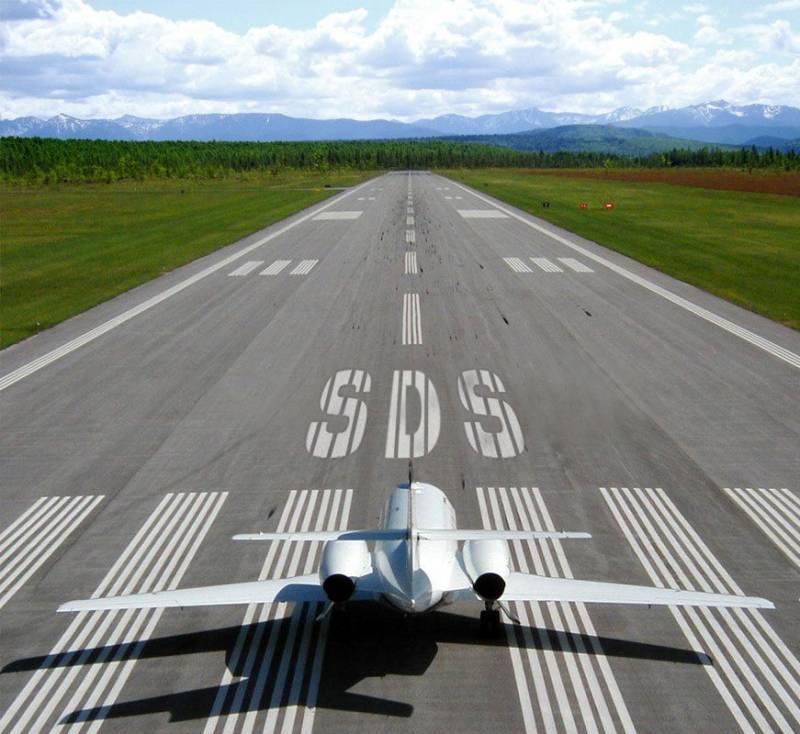
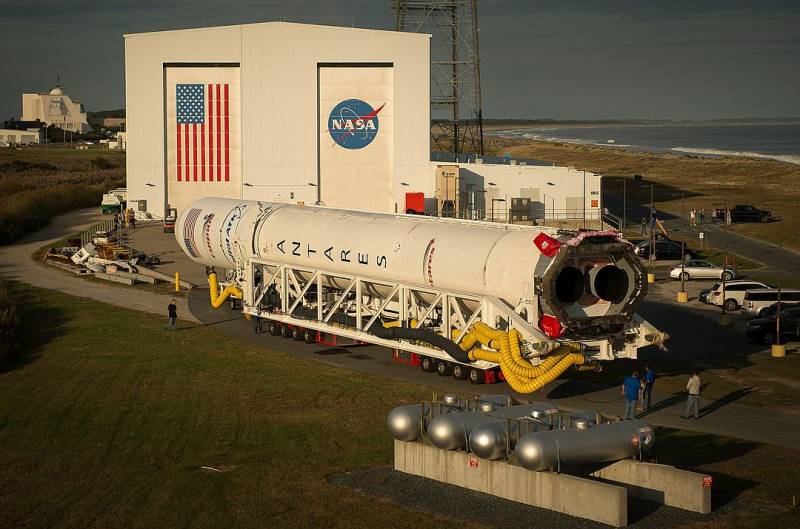
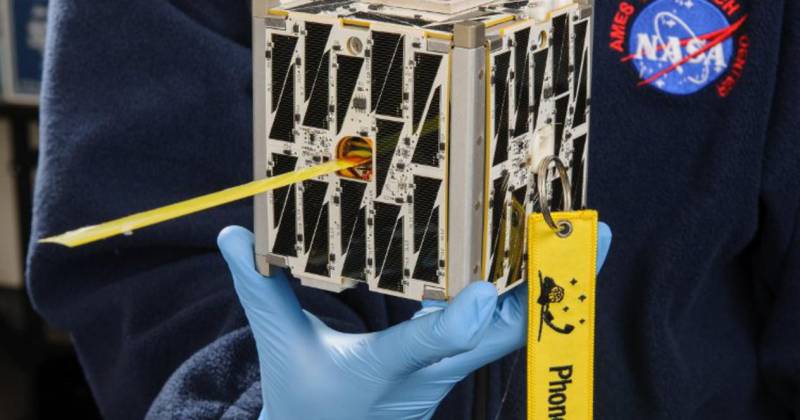
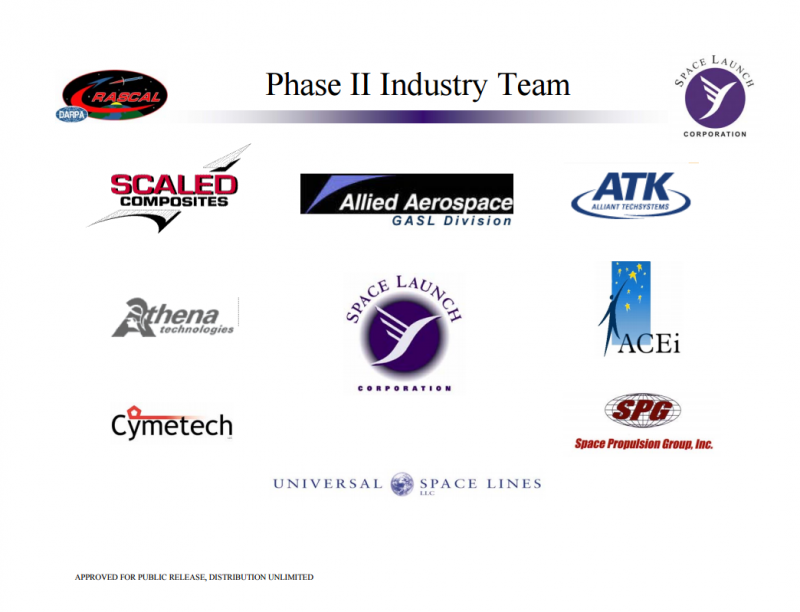
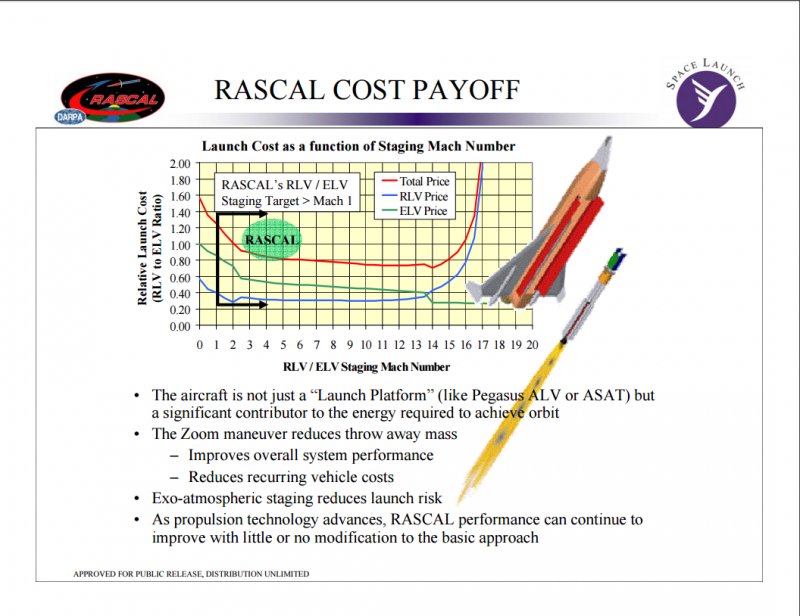
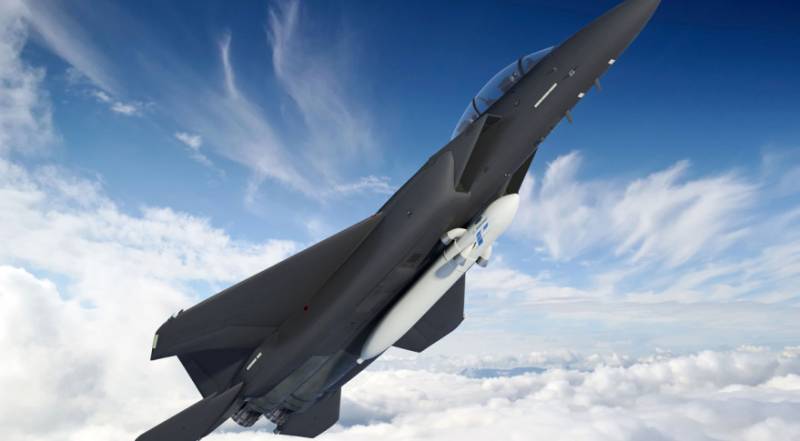
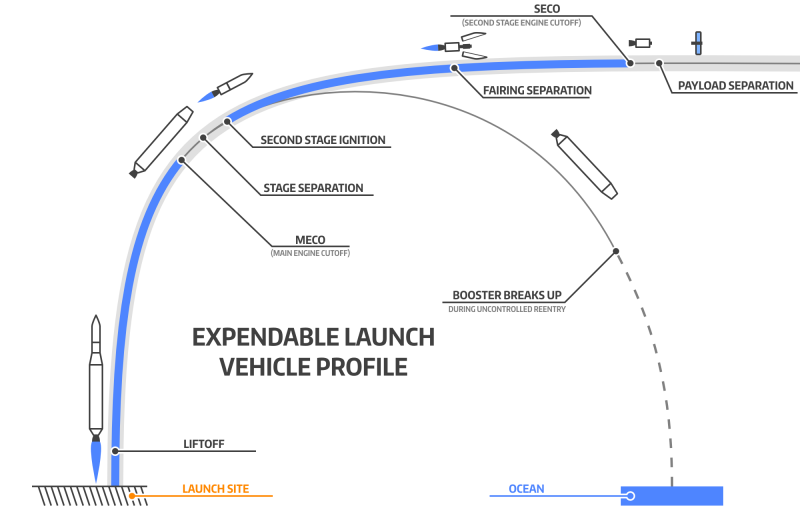
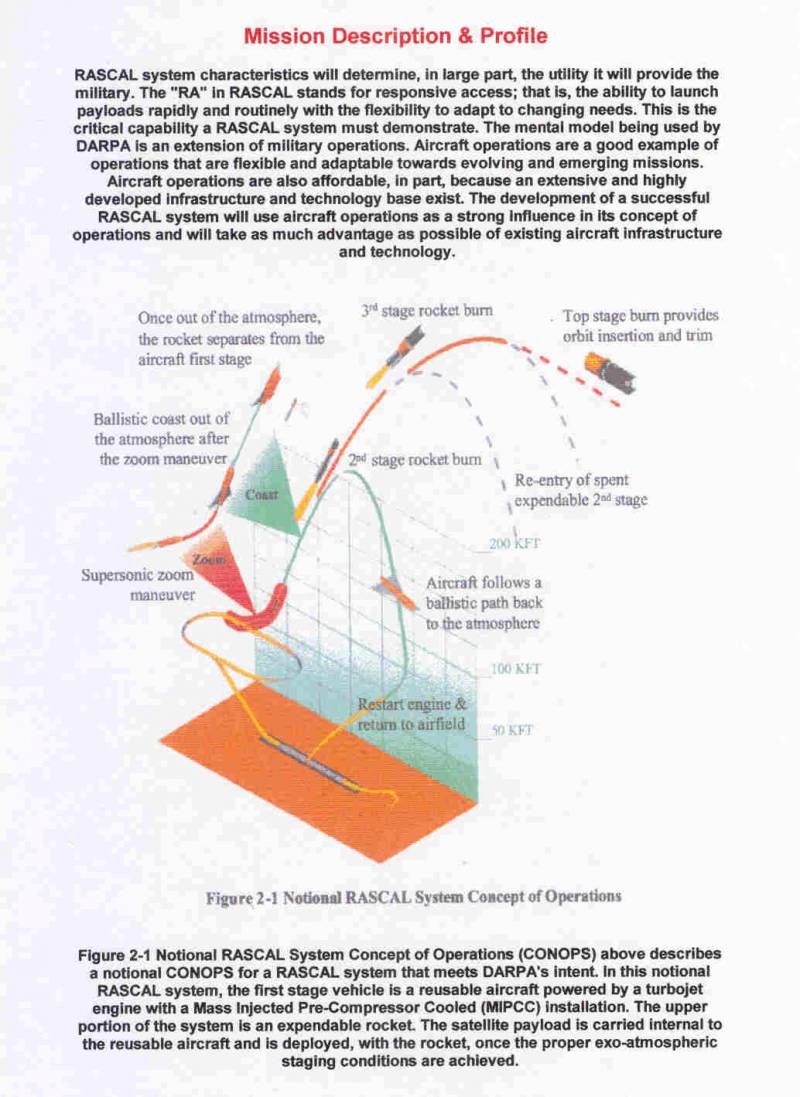
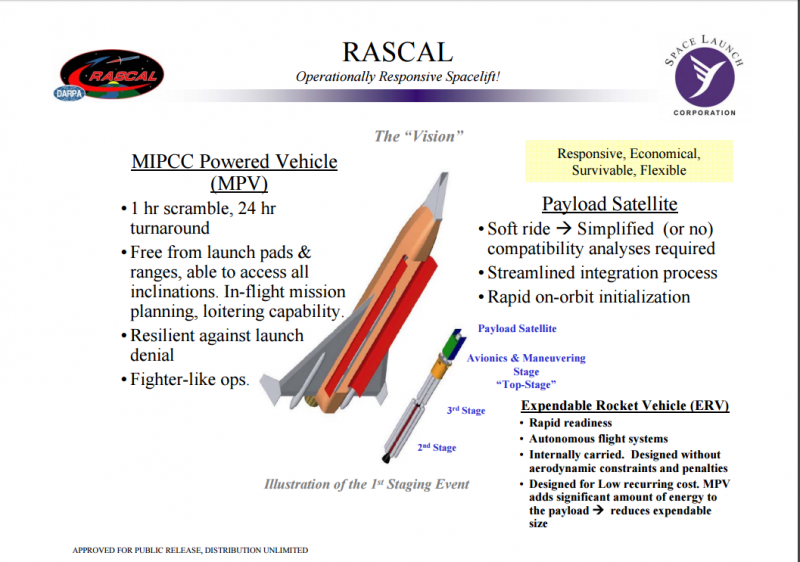
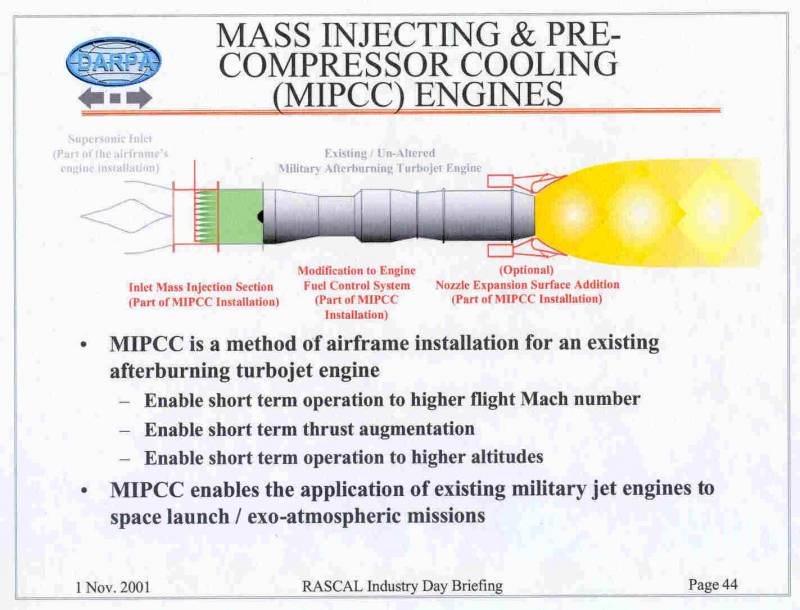
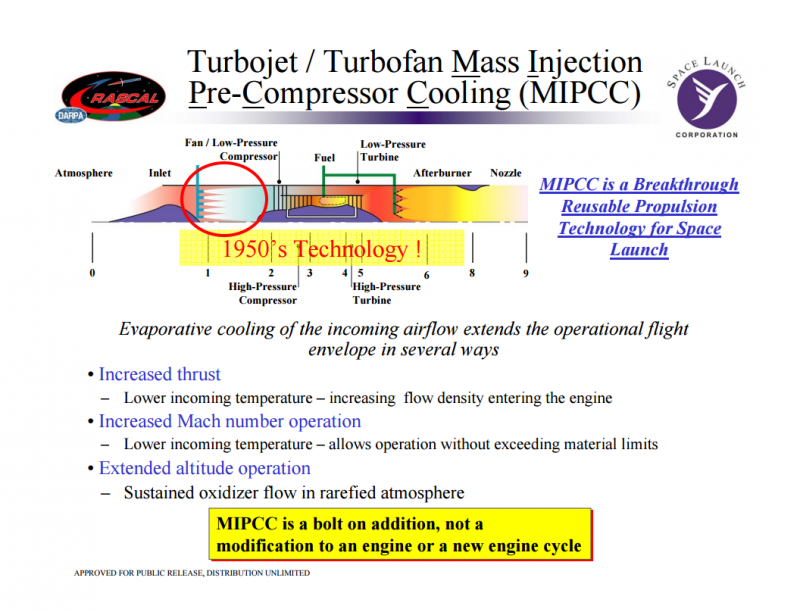
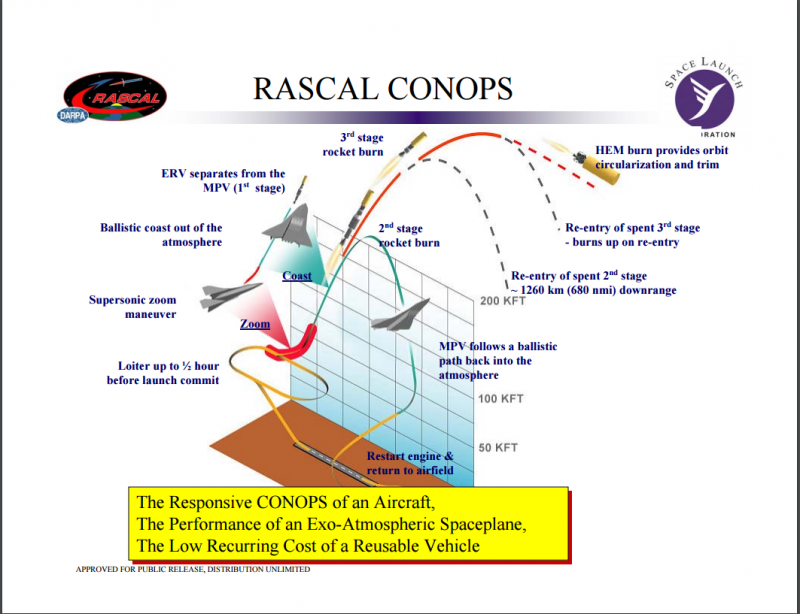
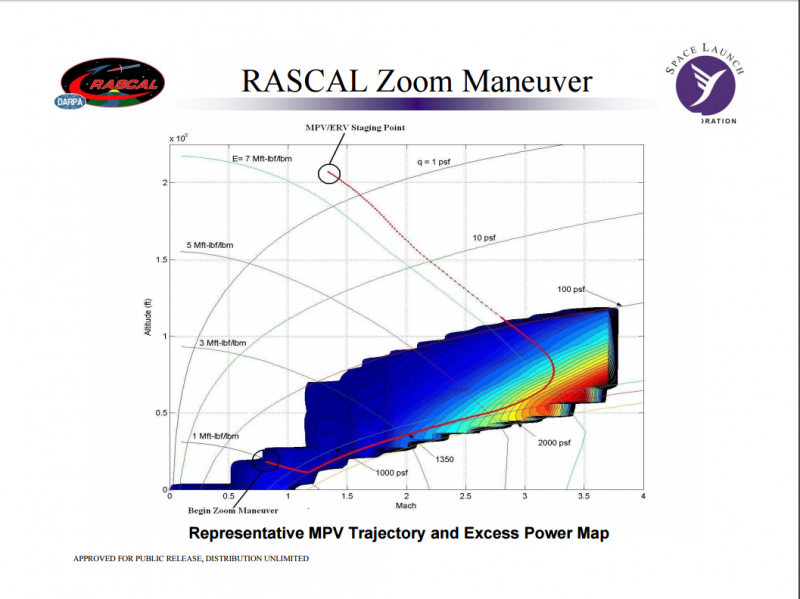
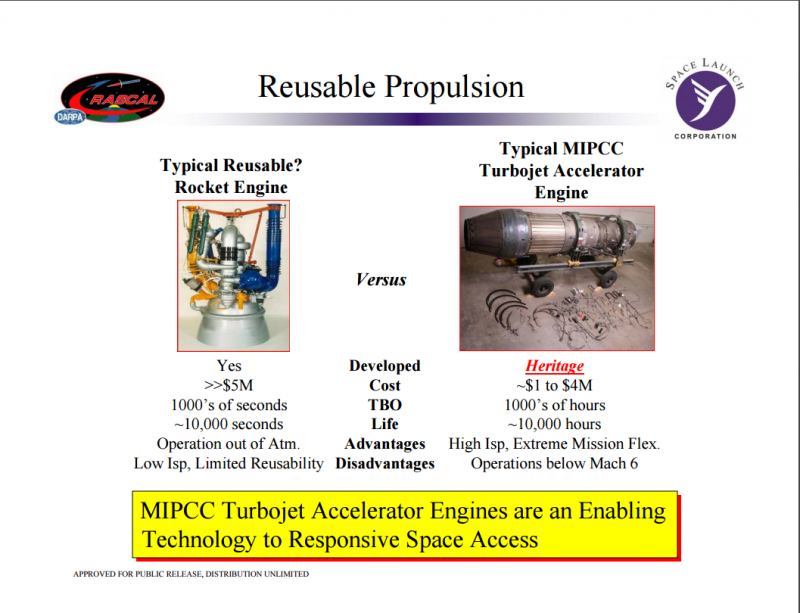
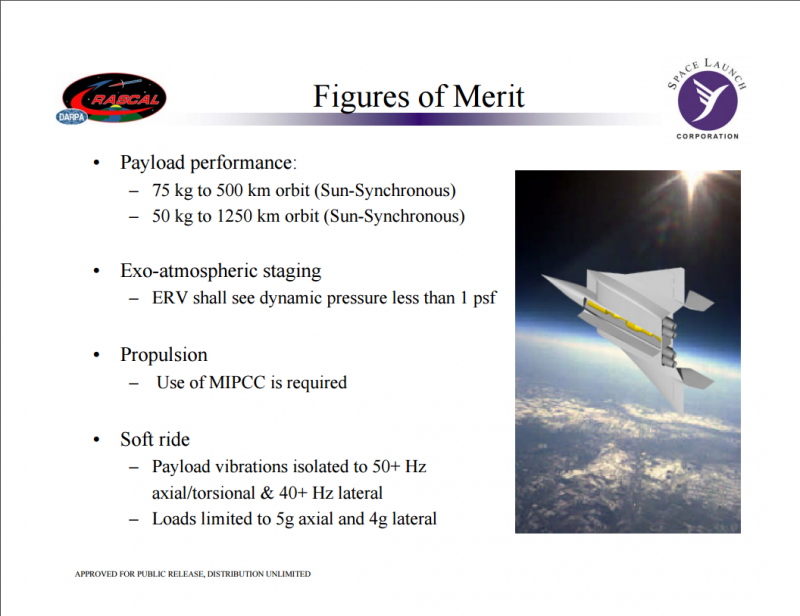
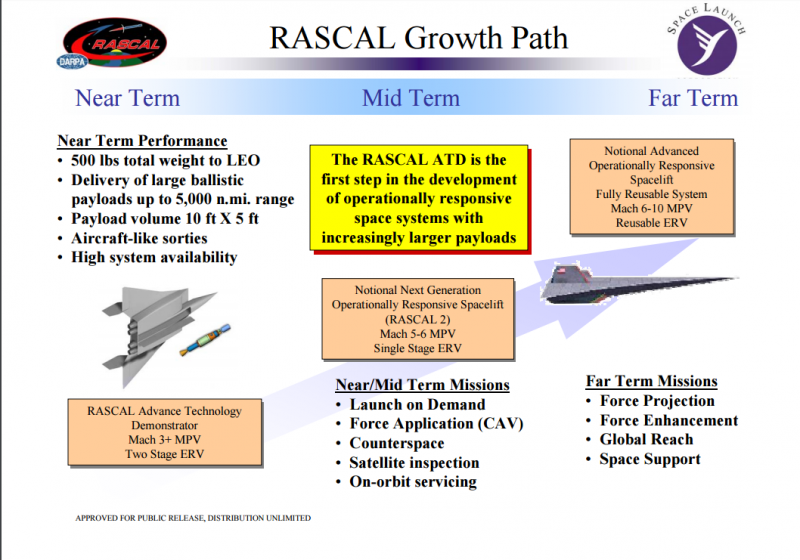
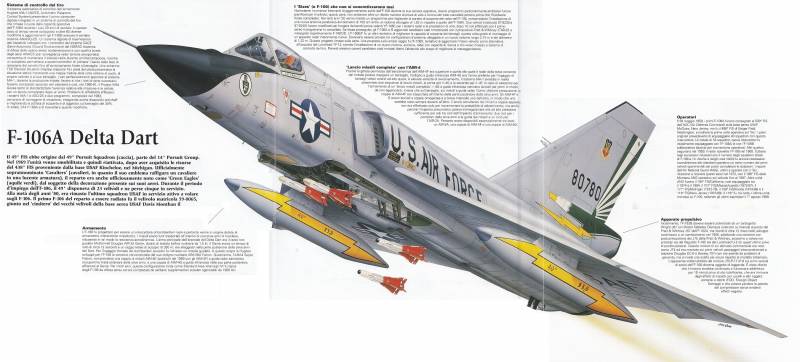
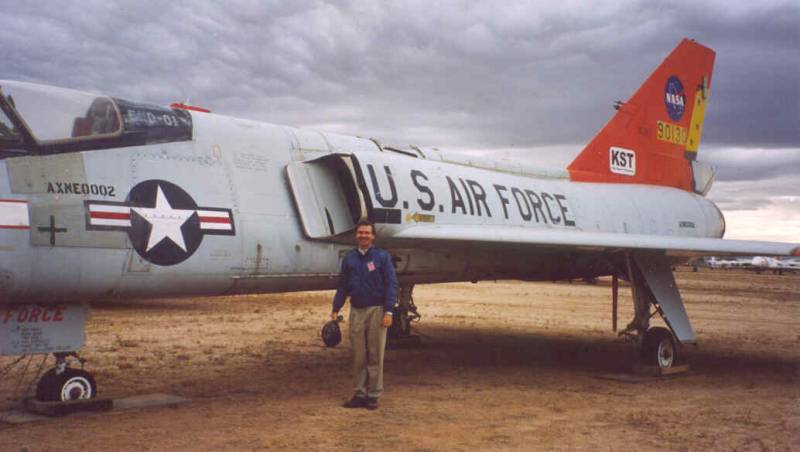
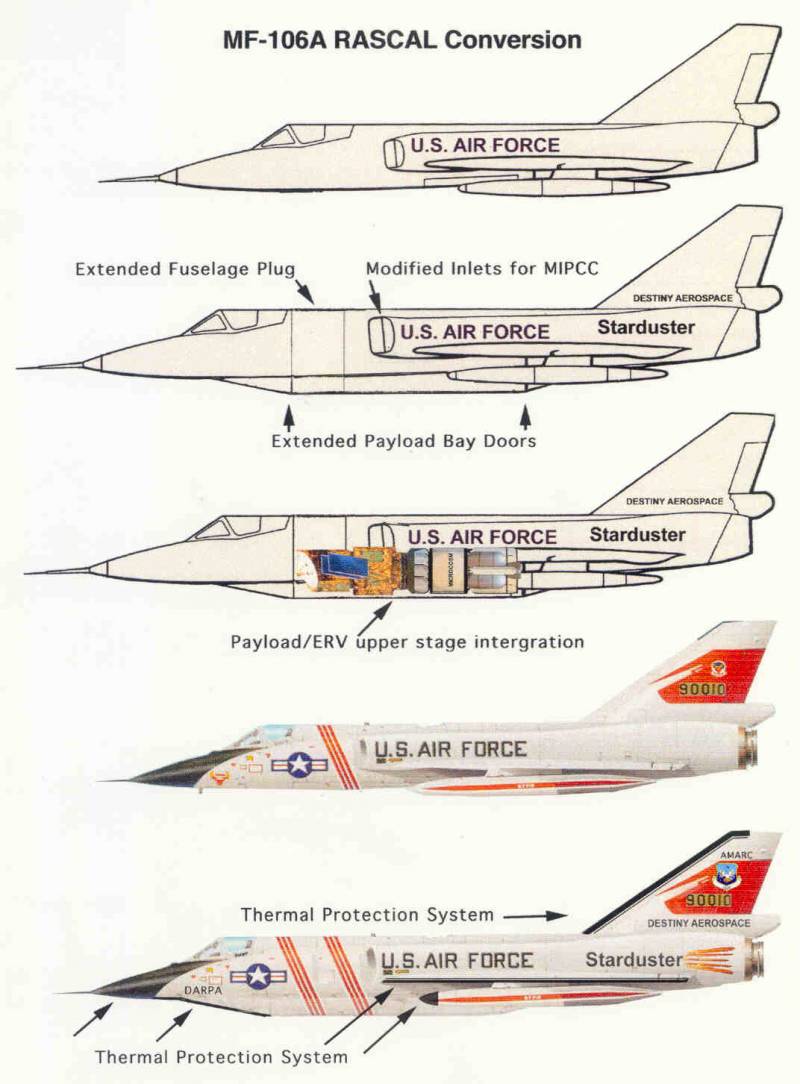
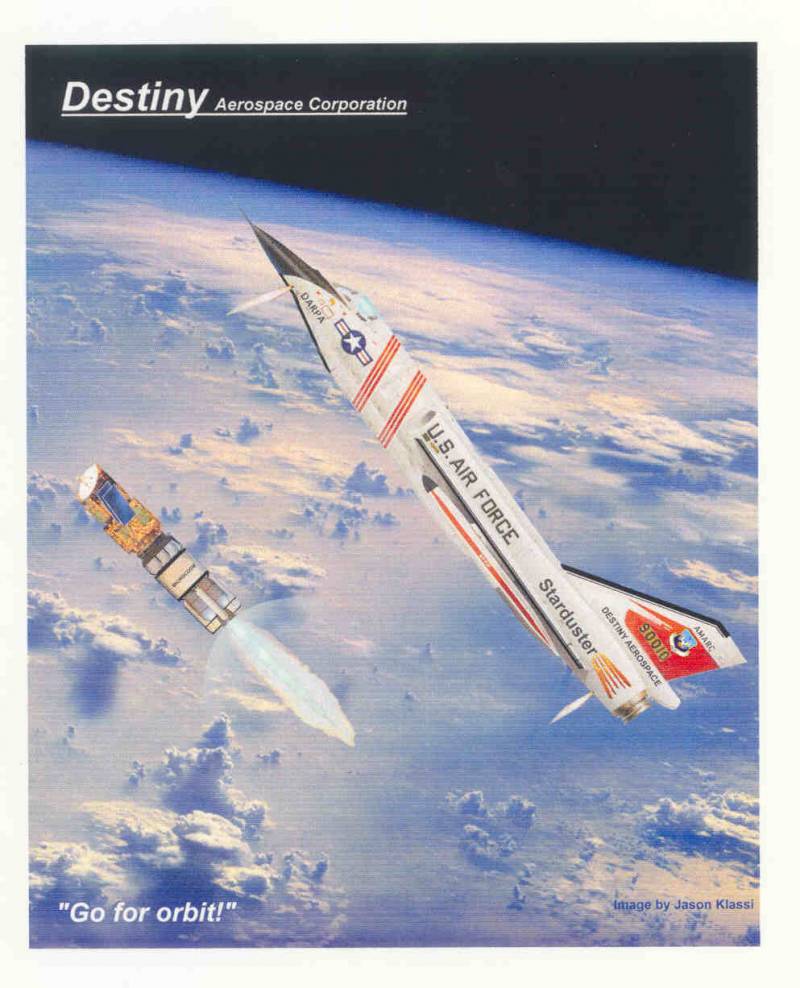

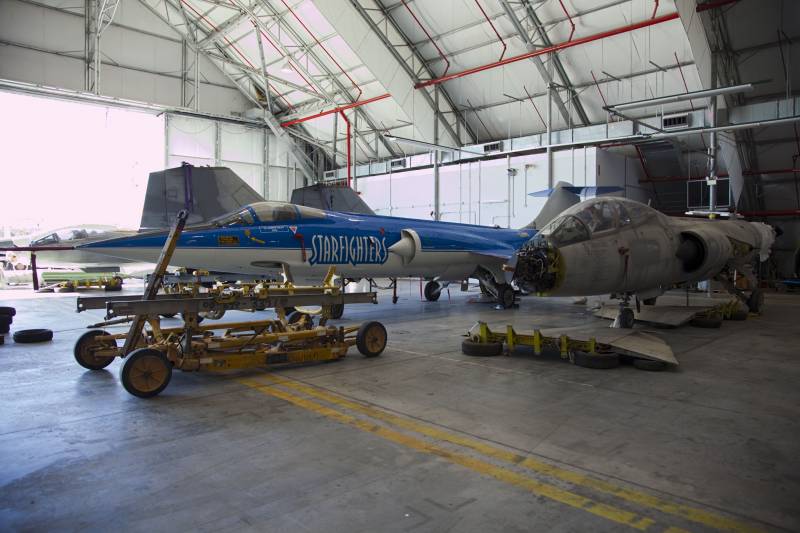
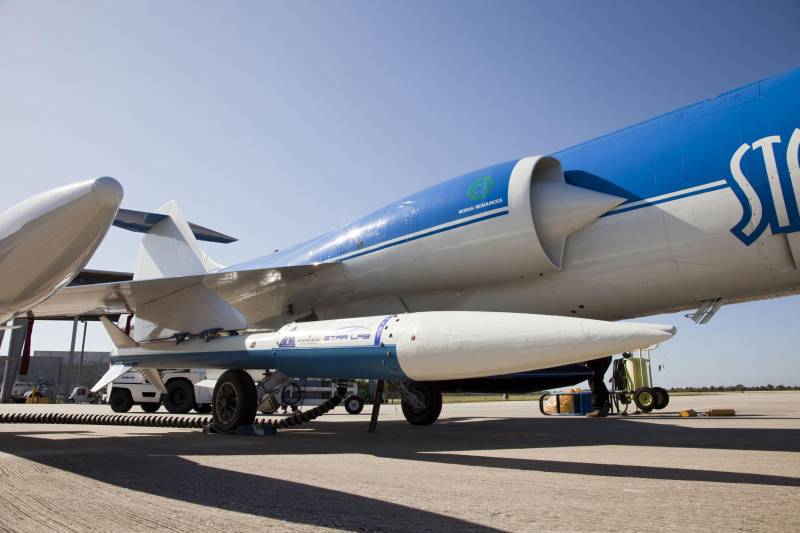
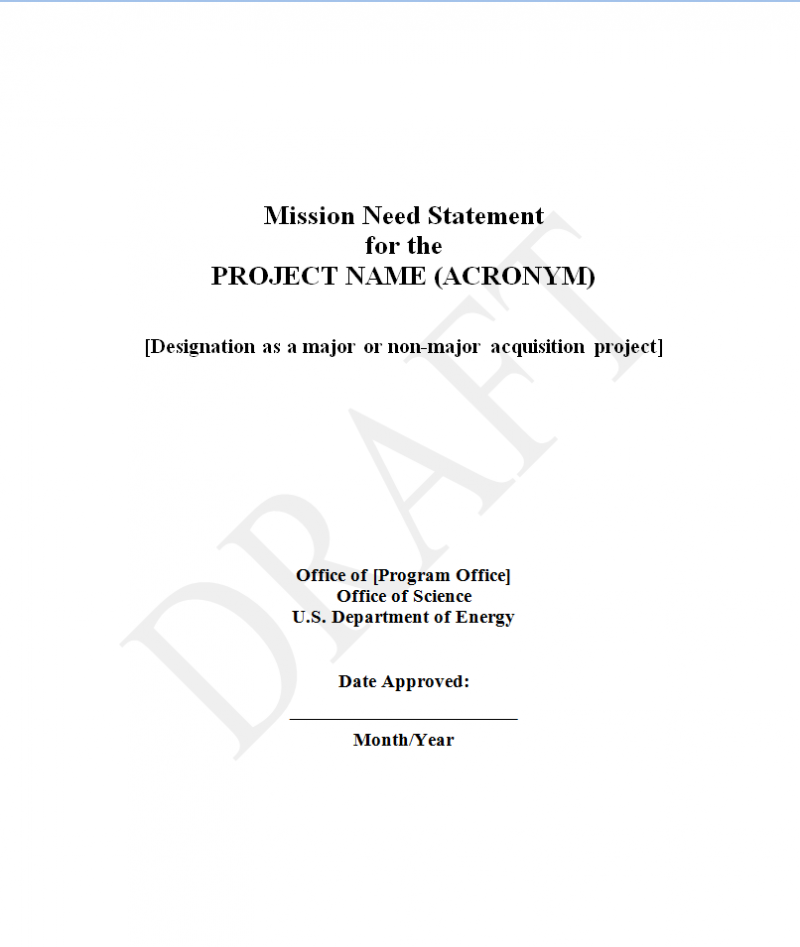
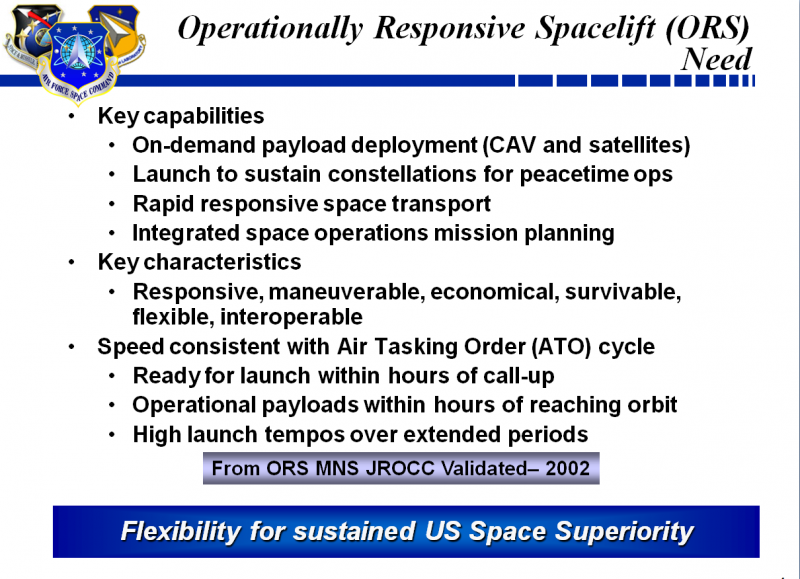

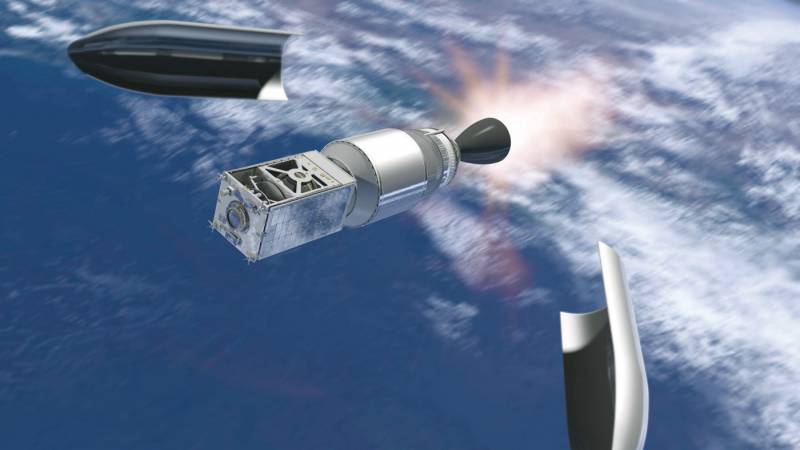
Information